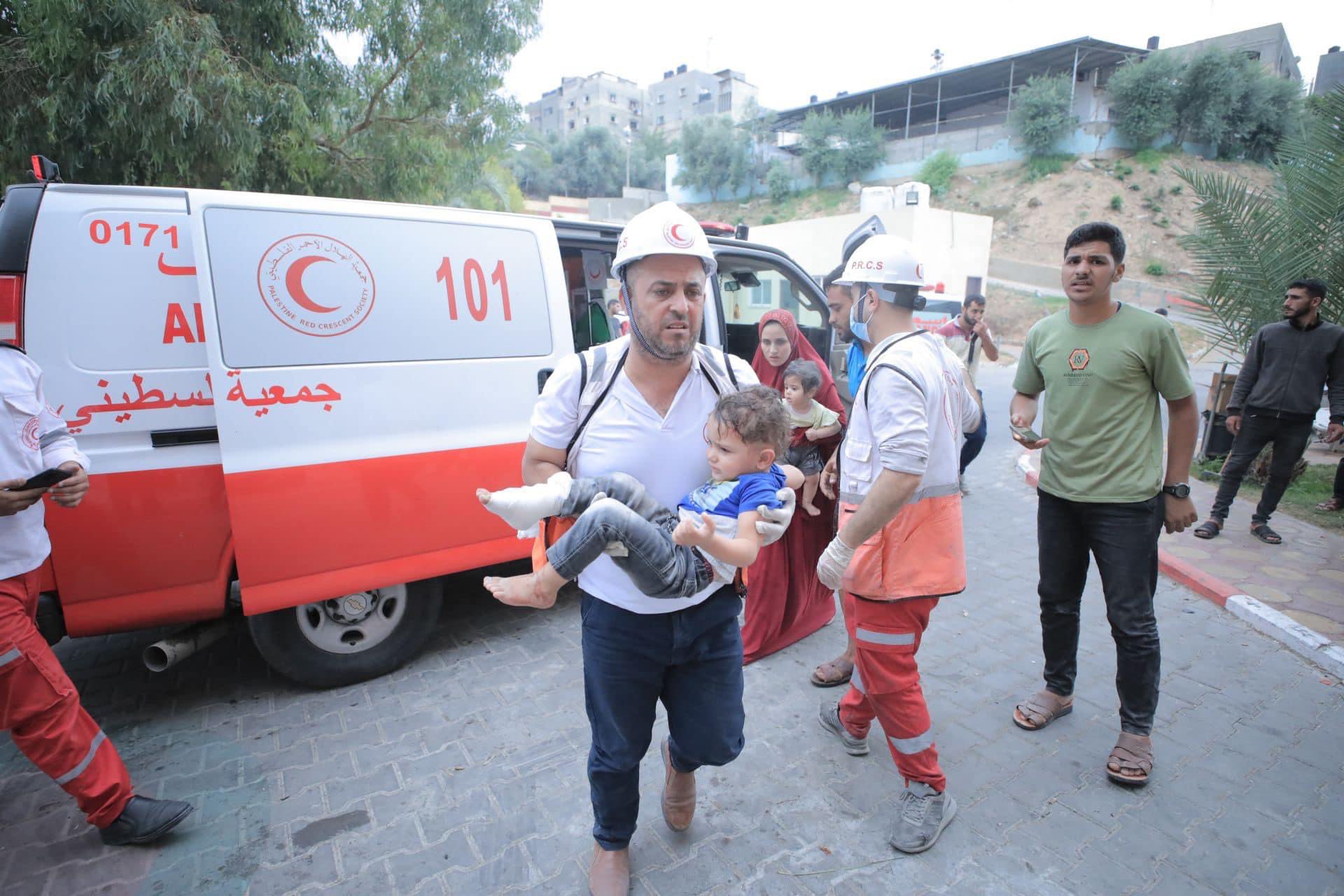Since the start of the war, the Israeli occupation forces (IOF) have killed at least 8,306 Palestinians, including 3,457 children—who represent 40% of the figure.
A top United Nations humanitarian official expressed “very real fears about what lies ahead” for the besieged Gaza Strip, as Israel’s military attacks increase despite global calls for a ceasefire.
UN Under-Secretary-General for Humanitarian Affairs Martin Griffiths warned “the current situation in Gaza may pale in comparison with what is to come” and shed light on killings of Palestinians in the West Bank, which has seen an uptick in settler violence.
Griffiths also mourned the loss of 64 UNRWA colleagues and other humanitarian staff, praising their bravery, selflessness, and commitment under perilous conditions.
“We must take urgent collective action to prevent this,” he concluded, urging a pause in the fighting for humanitarian grounds and calling for all parties to respect international humanitarian law.
Since the start of the war, the Israeli occupation forces (IOF) have killed at least 8,306 Palestinians, including 3,457 children—who represent 40% of the figure.
Non-governmental organisation Save the Children said more children have been killed in Gaza over the past three weeks than the annual number of children killed in conflicts worldwide since 2019.
Comparing these numbers to global statistics, Save the Children highlighted that in 2022, 2,985 children were killed in conflicts across 24 countries, with 2,515 child deaths recorded in 2021 across 22 countries. In 2020, the toll stood at 2,674 children lost in conflict.
Gaza, home to more than 2.3 million Palestinians, has been bombarded with Israeli airstrikes for more than three weeks, crippling an already dire infrastructure and pushing residents to desperation. According to reports, some were forced to break into UN warehouses to take basic necessities in a desperate bid to feed their children.
Griffiths emphasised that the limited number of aid trucks entering Gaza via the Rafah border crossing is “a drop in the ocean compared to the vast scale of needs.”
He stressed the necessity for “humanitarian supplies and relief into Gaza to be safely, reliably, and without impediment delivered, and at the scale required.”
9,000 cancer patients in Gaza with no care
Meanwhile, Griffiths also indicated that “some 9,000 cancer patients are not receiving adequate care” in Gaza. Moreover, those on life support and babies in incubators could not be evacuated, as “moving will certainly be a death sentence,” the official said.
He noted that there are increasing concerns about dehydration, potential disease spread, and other health risks.
The Gaza Strip’s only hospital for cancer treatment, the Turkish-Palestinian Friendship Hospital, was attacked for a second time since Israel’s relentless bombing campaign began on October 7.
According to the hospital’s director general, Dr. Subhi Skaik, the hospital’s cancer patients were left in a “state of panic.”
This key healthcare facility, built by the Turkish government in 2017, operates as a full-fledged training centre for doctors, nurses, and paramedic staff. It also functions as a research hospital affiliated with the Islamic University of Gaza’s faculty of medicine.
The Indonesian Hospital was also struck on Monday, causing serious damage to both the facility and its immediate surroundings. Hospitals and places of worship have been repeatedly targeted since the onset of Israel’s war on Gaza.
Last week, more than 500 Palestinians were killed after a devastating Israeli attack on the Al Ahli Hospital, where thousands were seeking medical treatment and shelter.







